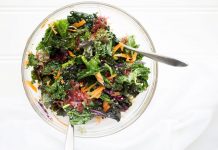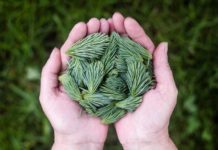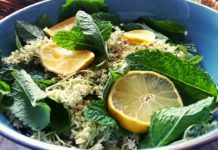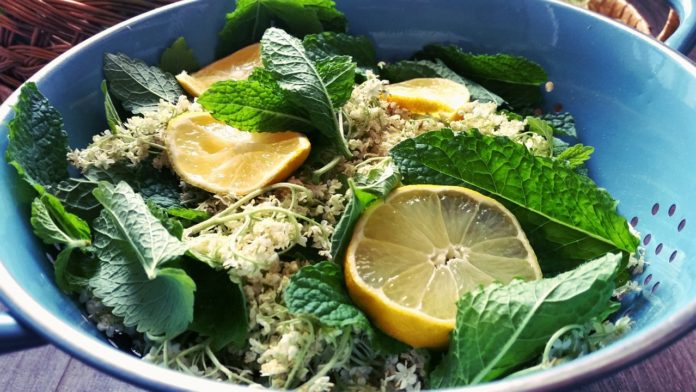If you are allergic to pollen, you’re in the middle of the season right now. As mentioned in my previous post “Understand your pollen allergy and get rid of it – a guide to alternative treatment”, everything is in full bloom despite the cool summer. As more of these plants and grass grow, we have even more coming. Lastly, we have the late summer and autumn’s biggest challenge: Since then, senses and autumn’s major challenge for some: sagebrush.
My previous post might inspire you to consider how you can actively work to chart what you can do to minimize your allergic genes. It’s not just about allergy to pollen, but also other allergens like histamine that could hurt you and your well-being and ultimately your health and quality of life.
Inspired by one of my good friends who struggle with pollen allergy – especially with birch and grass – I came across this article, “Ida relaxes with pollen allergy”, and thought it was quite interesting. Perhaps it is also for you who struggle with a pollen allergy or another type of allergy. The article focuses on how to alleviate or completely eliminate its allergy by excluding citric acid from its diet.
Citric acid is derived from black mold, belonging to the same mold family as the one found in his home. It is used in very large quantities in the food industry – much more than you can imagine as a preservative and acidity regulator, as a condom in soft drinks, in the dairy but also in cosmetics, cleaning, and medicine, etc. Citric acid is used mainly as “antioxidant” which delays or impedes product/food oxygenation – for example. Brown dyeing of fruit in the jam industry. Synthetic citric acid has the number E 330 – E 333 in the Food Administration’s overview of food additives.
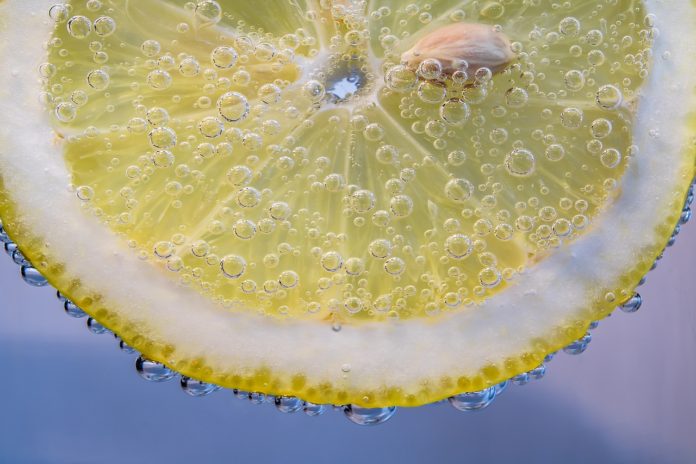 Natural citric acid
Natural citric acid
Citric acid is a naturally occurring acid in the lemon fruit. All the so-called citrus fruits contain citric acid in the meat; In the shell the essential oils, each having their own different chemical composition of the so-called terpenes, which are highly effective substances also in a therapeutic context. The citrus family counts over lemon, orange, grapefruit, lime, bergamot, and others. Common to these acidic fruits, their citric acid content is about 10 percent.
The history of citric acid
If you want to know more about the invention of citric acid and the subsequent commercial development, you’re going to have to look all the way back to 1893. Here you found that a special fungus, a Penicillium fungus could produce citric acid. A few years later, an American chemist finds that the fungus “Aspergillus Niger” can be an effective producer of citric acid. Again a few years later in approx. 1920, the American pharmaceutical company Pfizer manufactures citric acid on a larger industrial scale based on this fungus, which is in the family with some of the molds that can be found in our homes.
Here, it’s Midsummer soon and where the shelf is flourishing, many of us pick the white shades for this summer’s summer: Shelf Blossom. In addition to this, you need to use sugar, use citric acid. Most of us do not think about where citric acid – in the form of fine white powder – comes from. Something with “lemons” sounds immediately healthy. But no, citric acid is NOT coming from lemons. Then, huge amounts of fruit should be used which should be pressed for later dehydration into powder.
Very small amounts can trigger allergy
The production method for synthetic citric acid is virtually the same today, as in 1893, consisting of feeding “Aspergillus Niger” fungus cultures with sugars, sucrose/molasses. Citric acid is obtained, the fungus is filtered off and in the further process and treatment is precipitated by the addition of calcium oxide and subsequent precipitation by addition of sulfuric acid. Finally, citric acid, like the white powder we buy for our shelf flower pot, is a product that is made from a fungus fungus fungus, and many allergy sufferers have a problematic relationship with.
A special kind of night warmer-he can, if wind directions are favorable – over 7 km distance find out his stomach via pheromones emitted from the mating fashion she! In the same way with an allergy. If you are allergic to a substance, sometimes there are very small amounts needed to trigger an allergic reaction. Think of the example of the emergency Galician on the plane in my previous post. An opened bag of nuts twenty feet away. Similarly, allergies must be considered. There must be very small amounts – quite a few molecules, and then you have the ballad. We humans are not nightmares, but think if we are in some areas as sensitive as these?
Therefore, it makes sense to take a look at the story of Ida. See if her story is helpful, for example. Fighting with a pollen allergy. Can a synthetically produced substance – citric acid, made using Aspergillus Niger – a fungus in a family with a common mold or other common/problematic fungi, lead to pollen allergy or any other airborne or intake allergy? Considering that molecules will be available! A question for reflection. A possible attempt lies just in case of exclusion and discontinuation. Try it!
Be inspired and help others
In 2014, the Facebook group “Free from allergy by avoiding E 330 – Citric Acid” -emerged. This currently has close to 18,000 members. It’s interestingly what a mother’s effort has led to. Many have gained insight into their allergies and a much better health by avoiding the synthetically produced citric acid. Note that citric acid coming from the lemon fruit itself, can NOT cause allergic gene. It can only be synthetically produced. Lemons and the juice of this is basically pure health! Even I start the day with a large glass of cold water, made lukewarm with a little boiled water – added freshly squeezed juice from half a lemon. Works cleansing and stimulating and refreshes for a good start to a new day.
I hope that the article about Ida can inspire you or someone you know about renewing work with your/their pollen allergy and other allergies. If you are living in human consumption, and if you do not fully understand what substances you get into your body, you are on the Lord’s land so to speak. For this, just say: Know your food, make it yourself from scratch every day and avoid consumption. Know all other additives you surround yourself with: Cosmetics, cleaning, and medicine. Over time, you gain skills and insights into how to get a good and healthy life with the possible absence of allergies and other health challenges.
Have a lovely summer!









